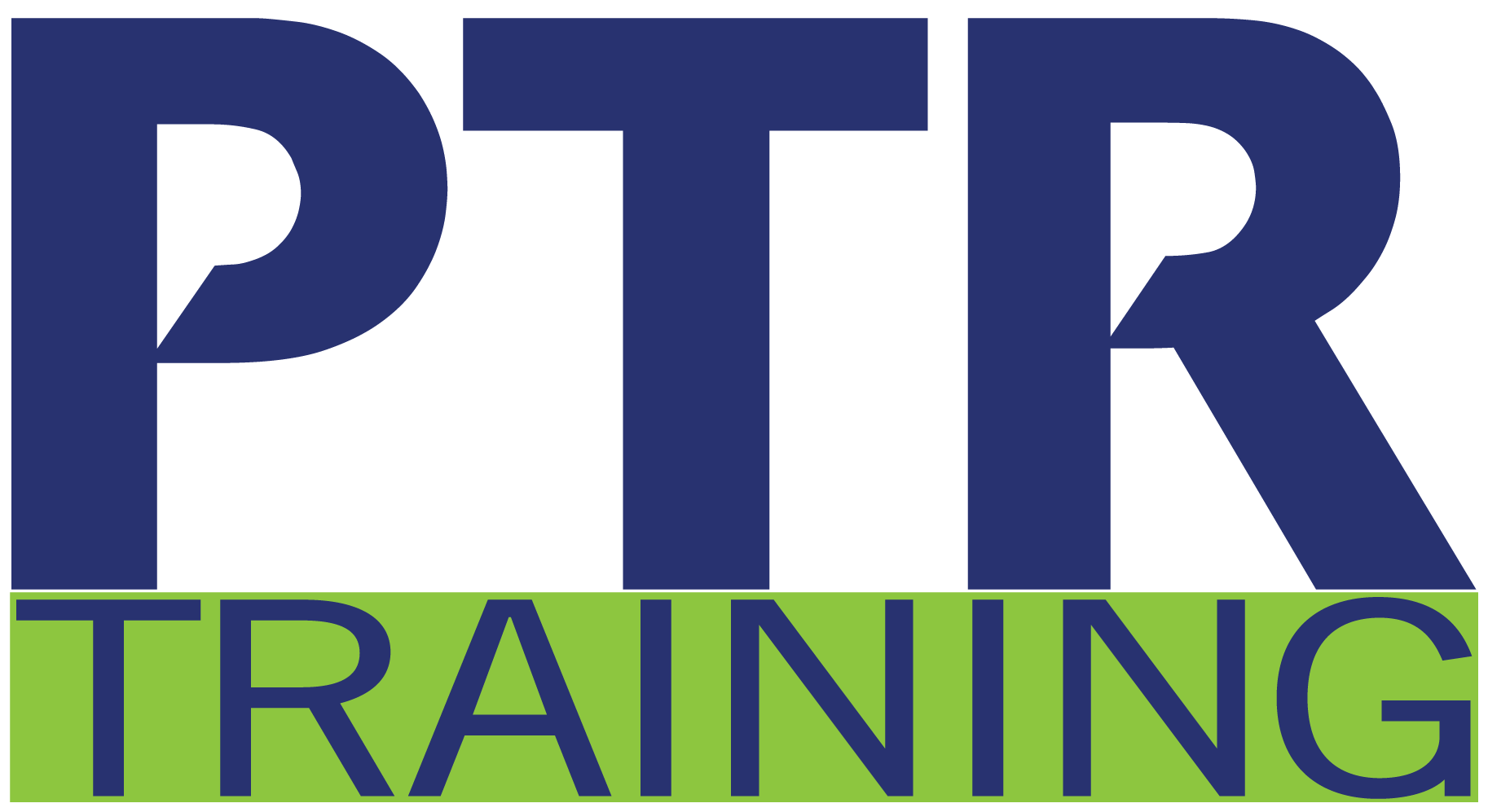Formats: 16-hour virtual course | 4-day instructor-led onsite
This 4-day course provides participants with a solid foundation of PMI’s project management framework, based on the Guide to the Project Management Body of Knowledge Sixth Edition , as well as shows participants how to leverage the power of Microsoft Project 2013 or 2016 to create and track a realistic plan. Participants will apply all principles and practices to a real-world project taken directly from their industry. Participants also gain hands-on experience with over 35 electronic, project management templates .
Learning Objectives »
- Review advanced project management concepts and practices.
- Plan and execute project processes with Microsoft Project.
- Analyze, identify, and manage project risk.
- Apply strategies for monitoring and control.
- Close out projects successfully.
Course Agenda »
Project Management Introduction
- Defining Projects
- The Importance of Project Management
- Project, Program, Portfolio, Operations Management
- Key Components
- Project Management Process Groups
- Project Management Knowledge Areas
- Project Data, Information, and Reports
- Tailoring
- Project Management Business Documents
- Success Measurements
The Environment in Which Projects Operate
- Enterprise Environmental Factors
- Organizational Process Assets
- Organizational Systems
- Governance Frameworks
- Management Elements
- Organizational Structure Types
- Project Management Office
The Role of the Project Manager
- The Project Manager’s Sphere of Influence
- Project Management Competencies
- Leadership: Politics, Power, and Getting Things Done
- Levels of Skills Capability
- Competency Model
- Comparison of Leadership and Management
- Leadership Styles
- Personality
- Performing Integration
- Navigating Complexity: A Practice Guide
Initiating Process Group
- Develop Project Charter
- Identify Stakeholders
Planning Processes
- Management Plans
- Collect Requirements
- Risk Processes
Executing Processes
- Direct and Manage Project Work
- Enter Task Progress and Overtime Work
- Create a Custom Table and Field
- Manage Project Knowledge
- Create a Custom View
- Make Custom Views Available to Other Project Plans
- Export Project Plan Cost Data to an Excel Workbook
- Copy a Picture of the Project Plan Information
- Link Documents to a Project Plan
- Create a Visual Report
- Manage Quality
- Acquire Resources
- Develop and Manage Team
- Manage Communications
- Implement Risk Responses
- Conduct Procurements
- Manage Stakeholder Engagement
Monitoring and Controlling Processes
- Monitor and Control Project Work
- Perform Integrated Change Control
- Validate Scope
- Control Change and Schedule
- Reschedule a Task
- Filter Tasks
- Control Costs
- Update Cost Rate Tables
- Group Costs
- Control Quality
- Control Resources
- Monitor Communications and Risks
- Control Procurements
- Monitor Stakeholder Engagement
Closing Process Group
- Close Project or Phase
- Create a Project Plan Template
- Share Resources
- Create a Master Project


